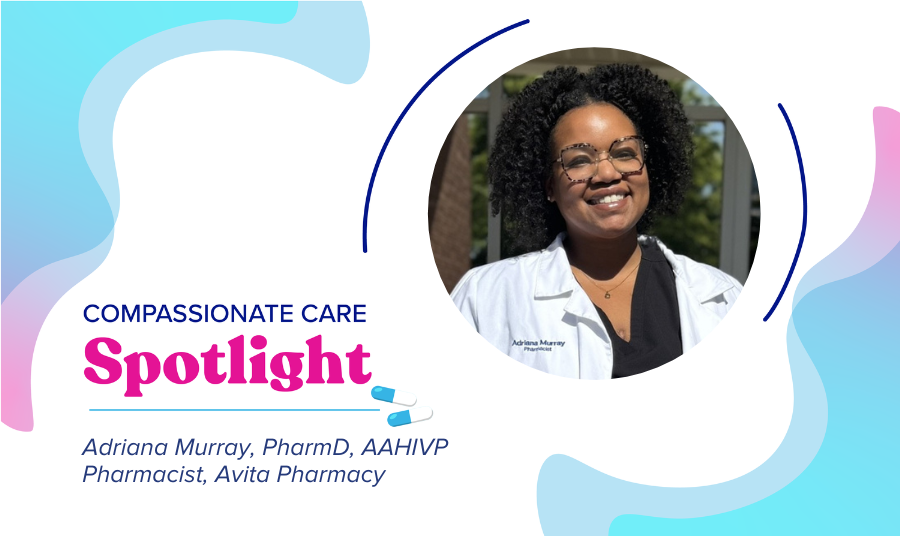The Affordable Care Act (ACA) was enacted into law in 2010 to make comprehensive health insurance coverage available to more Americans and support innovative clinical delivery methods created to lower the cost of care. Each year, the program hosts an open enrollment period between November 1 and January 15, when individuals can enroll in Marketplace insurance plans (certain life events reopen the enrollment window outside of these dates, and Medicaid and the Children’s Health Insurance Program accept applications throughout the year).
It’s a critical time of year for the more than 50,000 covered entities nationwide. Successfully navigating individuals through the enrollment process is no walk in the park, but doing so can have a monumental impact on the health of their patients and their clinics’ missions.
The open enrollment period is over before you know it, so be sure to inform patients well in advance.
“By assisting our patients in obtaining insurance, we ensure they’ll have the protection they need to take care of themselves should something unforeseeable happen,” says Sheira Gentle, assistant director of patient advocacy at ASHwell Sexual Health & Wellness, an Austin-based covered entity (and Avita partner) that empowers central Texans by providing sexual health and wellness services that serve the body, mind, and spirit. “This is a win-win situation since patients with health insurance are more proactive about their wellness and more likely to adhere to their medications. It also allows ASHwell to expand its mission to a wider audience of clients in need. We want healthy Texans.”
Avita’s Manager of Insurance Optimization, Mary Jane Hardman, agrees. She’s helped covered entity partners analyze and choose the best health insurance plans for more than a decade and says putting in the effort to increase patient enrollment strategically benefits everyone. “ACA insurance allows patients to see providers for underlying health conditions they may have never addressed before because they didn’t have a payor source,” she says. “The covered entities can bill for services instead of pulling money from grants. On top of that is their ability to participate in the 340B drug discount program, which allows them to expand their services.”
This is a win-win situation since patients with health insurance are more proactive about their wellness and more likely to adhere to their medications. It also allows ASHwell to expand its mission to a wider audience of clients in need.
Sheira Gentle
Assistant Director of Patient Advocacy, ashwell
The challenges that come with open enrollment season
Unfortunately, whether it’s due to open enrollment’s tight timeframe, the challenge of educating patients about a confusing health insurance arena, or the fact that insurance navigators need to stay constantly aware of changing parameters, covered entities can face a host of challenges in engaging patients in the coverage process.
“Health insurance can be difficult to understand, expensive, and at times unappealing,” Sheira says. “When we offer our patients assistance in obtaining it, we receive a range of reactions: Some are receptive, some are skeptics who want to give it more consideration, and some patients have absolutely no interest in the service.”
Sheira’s team hustles to beat the clock as they work to engage, educate, and enroll individuals at ASHwell. “We need to help as many clients as we can,” she says. “But we’ve run into trouble when patients who had previously expressed an interest in getting health insurance are hard to reach during open enrollment. Some of them contact us after open enrollment to sign up. Then, unless they have a qualifying event for special enrollment, they’re left uninsured until the next open enrollment period opens.”
Health insurance can be difficult to understand, expensive, and at times unappealing.
Sheira Gentle
Assistant Director of Patient Advocacy, ashwell
A little help, please?
Because the ACA has so many moving parts, covered entities must constantly monitor the data to keep up with patient enrollment and other analytics. “The organizational aspect of it can be overwhelming,” says Avita’s Mary Jane Hardman. “If a covered entity is striving to get patients signed up, wants to pay the insurance premiums, and then needs to ensure patients are coming to appointments and filling their prescriptions using a 340B contracted pharmacy—someone has to keep track of all that.”
To lighten the load, Mary Jane helps potential and current Avita covered entity partners assess their options when selecting plans that best suit their patients’ needs. “I tailor my recommendations to each entity,” she explains. “My assistance might include offering them an ACA 101 seminar and keeping it high-level. Or I can go deep into the trenches and analyze prospective plans for drug formularies, including which medications are tiered and which require prior authorizations. We’ll discuss the importance of making sure a patient’s pharmacy of choice is considered. I’m also there to help them find foundation programs that might offset the cost of premiums and explain what services insurance brokers can offer.”
The organizational aspect of open enrollment can be overwhelming.
Mary Jane Hardman
Manager of Insurance Optimization, Avita Care Solutions
Six tips for a successful open enrollment period
After years of running and consulting on open enrollment campaigns, Sheira from ASHwell and Mary Jane from Avita have turned the process into a science. They offer the following tips to covered entities looking to enhance their SOPs:
1. Strive for effective patient communication and outreach: “Clear and targeted communication is key,” says Sheira, who runs a messaging cadence that includes a letter, email, phone calls, social media promotions, and information on the ASHwell website. “Don’t assume everyone receives information the same way or understands health insurance at the same level.”
2. Simplify, simplify, simplify: The insurance enrollment process can confuse even the savviest consumer. Make the experience as simple as possible for patients and offer to guide them through the process if needed.
3. Start early and make deadlines clear: The open enrollment period is over before you know it, so inform patients of it well in advance. Emphasize upcoming enrollment deadlines to create a sense of urgency, including leveraging reminders and countdown clocks as the last day approaches.
4. Don’t be pushy: “People know what’s best for them,” Sheira says. “Navigators should come across as informative and educate patients about their options but still allow individuals to feel comfortable making their own decisions. We always say that we meet our patients where they’re at, and that includes choosing health insurance.”
5. Think strategically: Pick your low-hanging fruit first, says Mary Jane. “I advise covered entities to focus first on their re-enrollments from November 1 to December 15, so those patients have a smooth transition on January 1,” she says. “If you have the time, go after new enrollments during that period, too. If not, focus on the new enrollments after December 15th and allow their plan coverage to start February 1.”
6. Stay organized and use helpful resources: “You’ve got to have the proper technology in place to easily access your enrollment database, premium details, and other critical information,” says Mary Jane. “The Centers for Medicare & Medicaid Services (CMS) offers a lot of great ACA webinars for free.”
Clear and targeted communication is key. Don’t assume everyone receives information the same way or understands health insurance at the same level.
Sheira Gentle
Assistant Director of Patient Advocacy, ashwell




